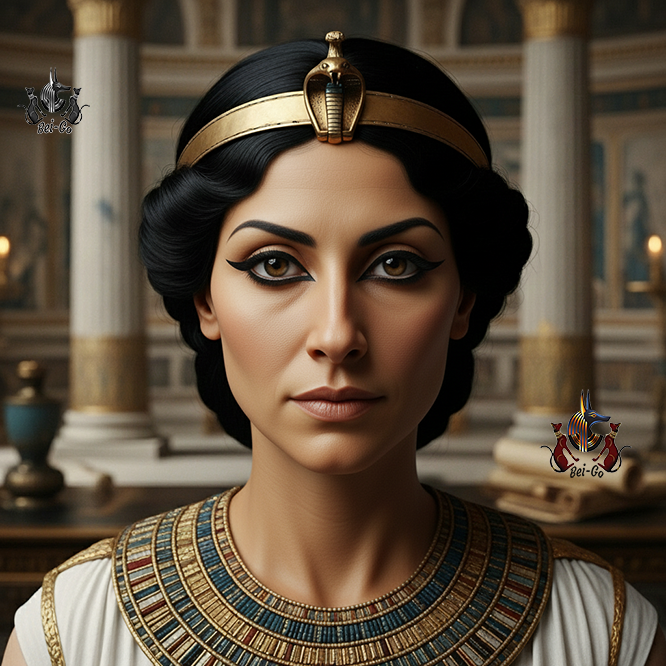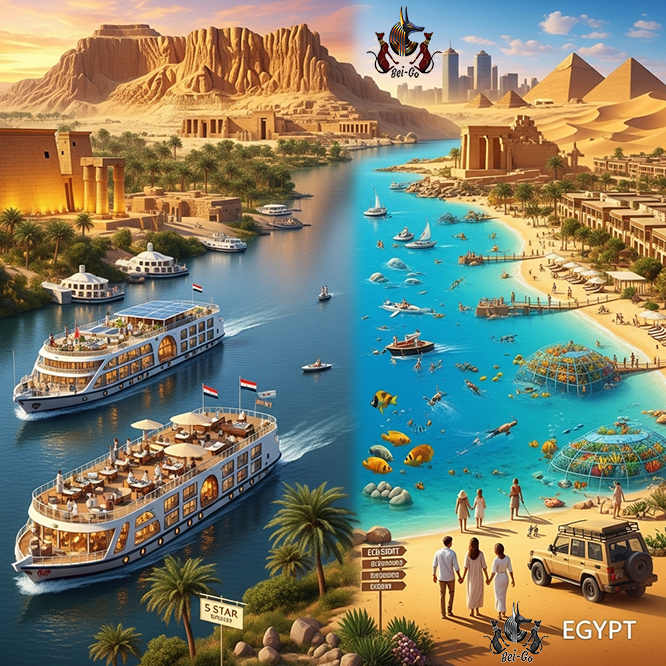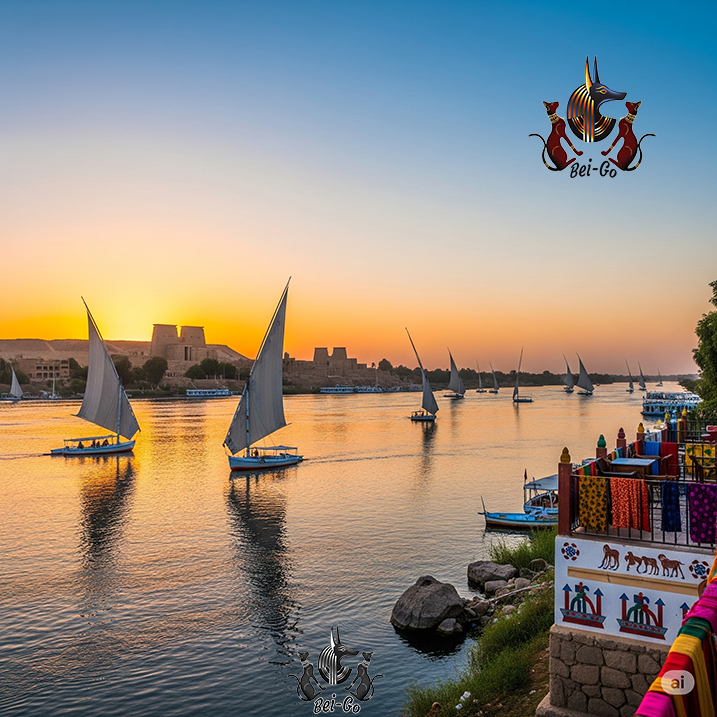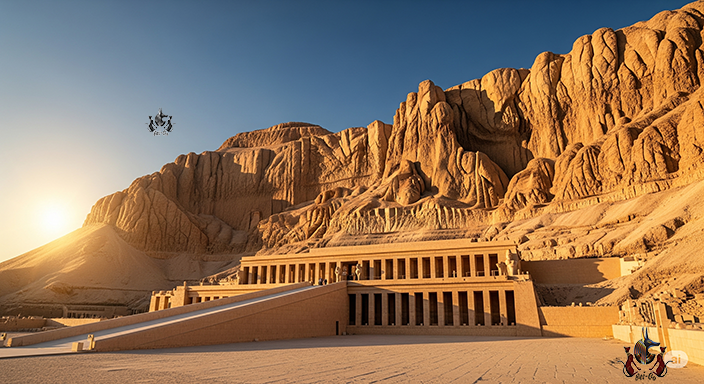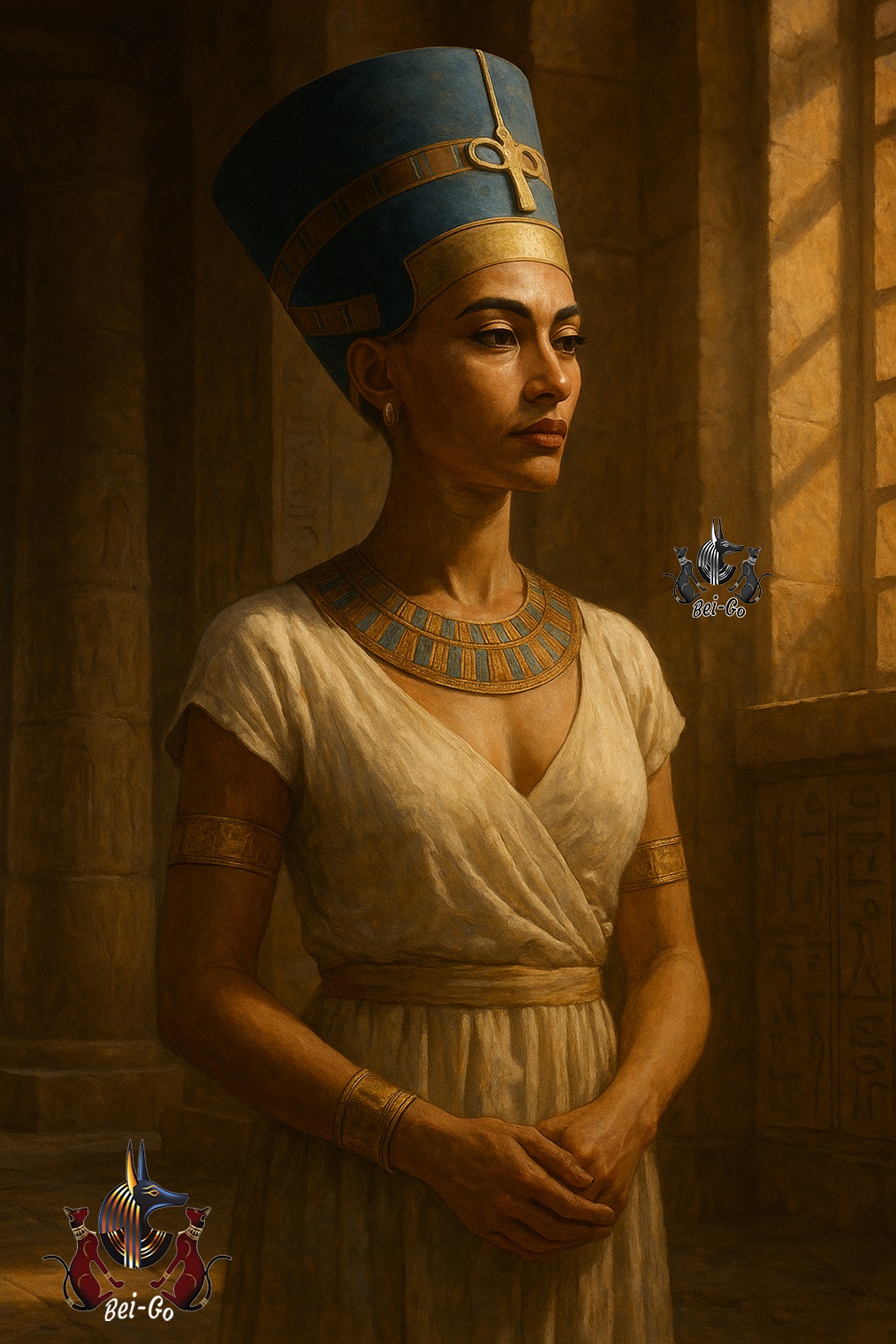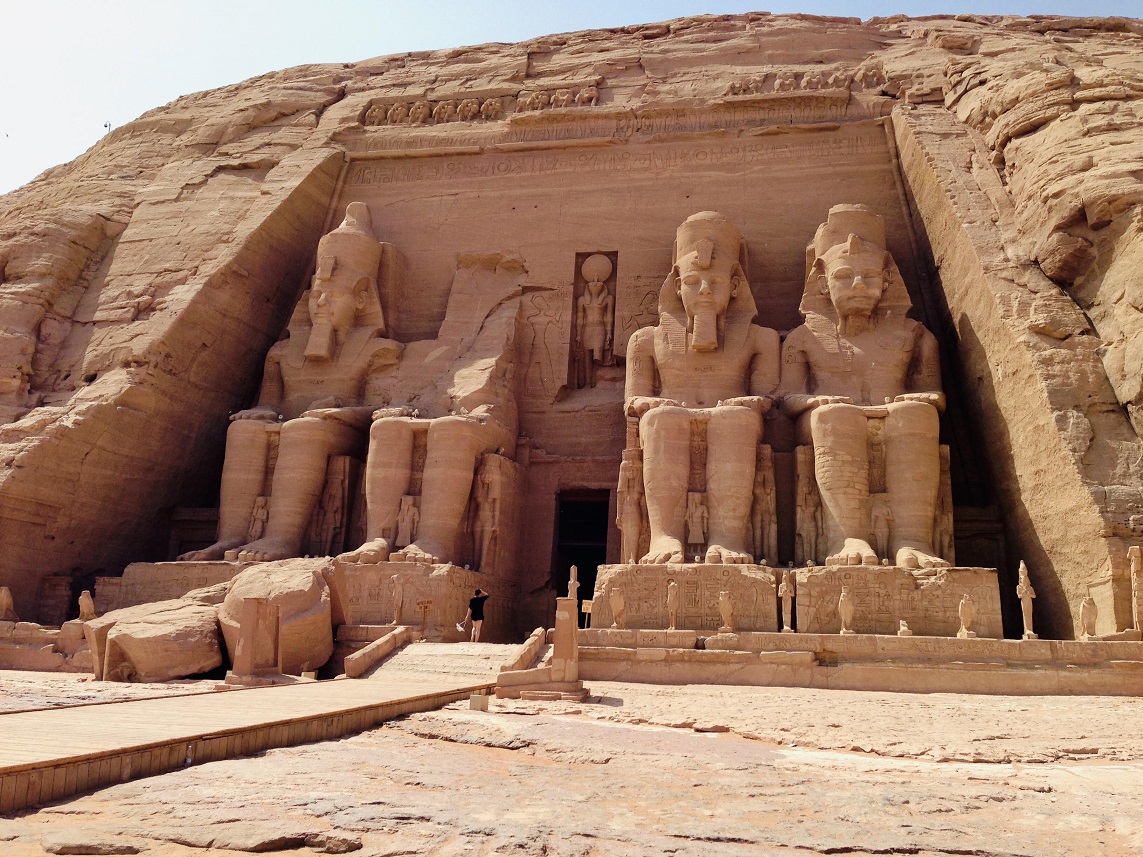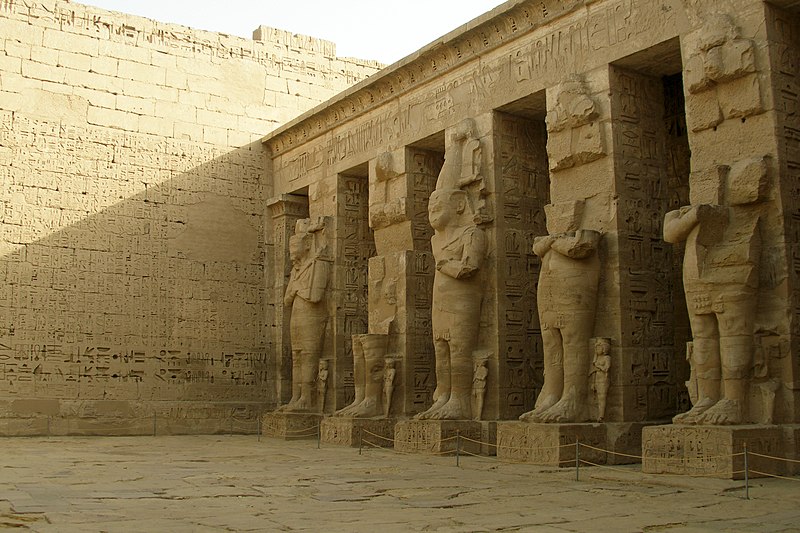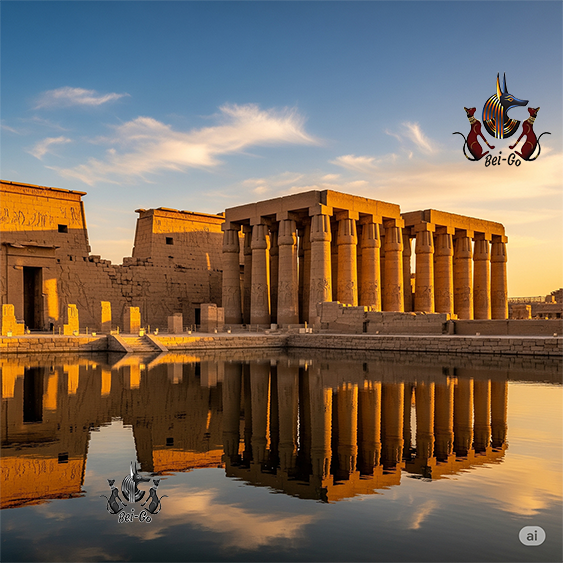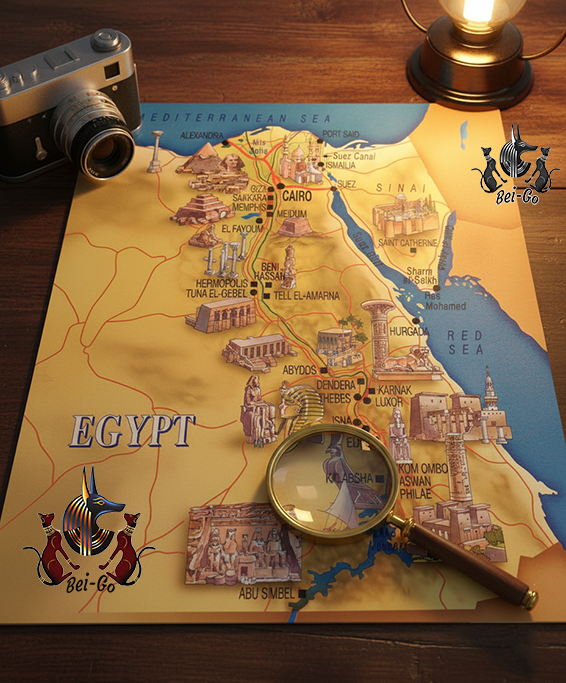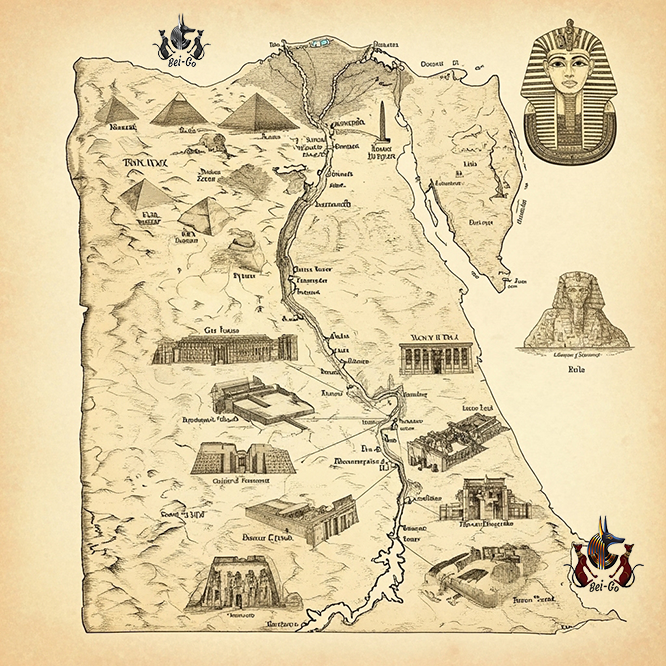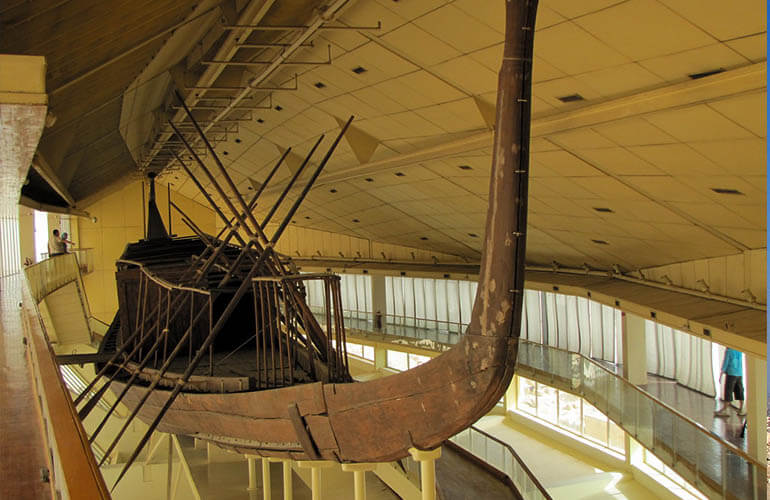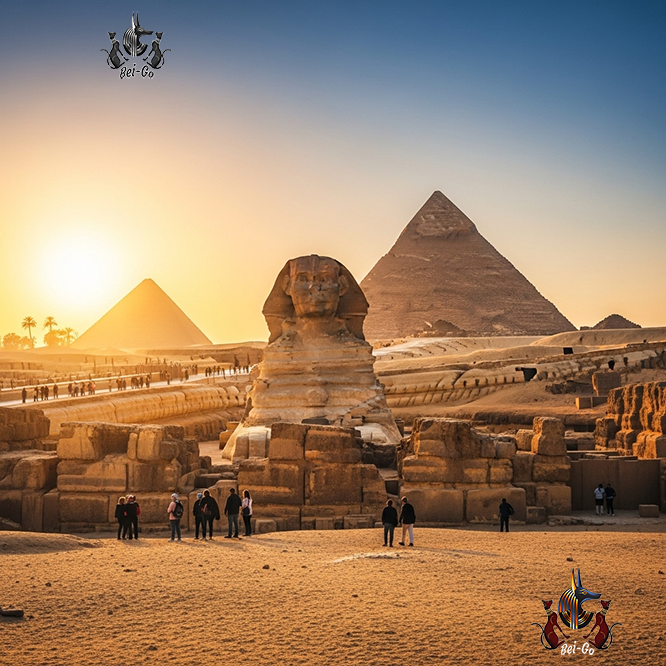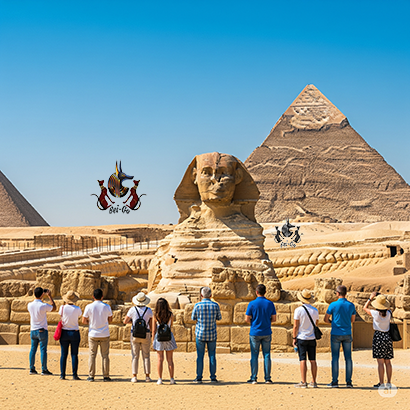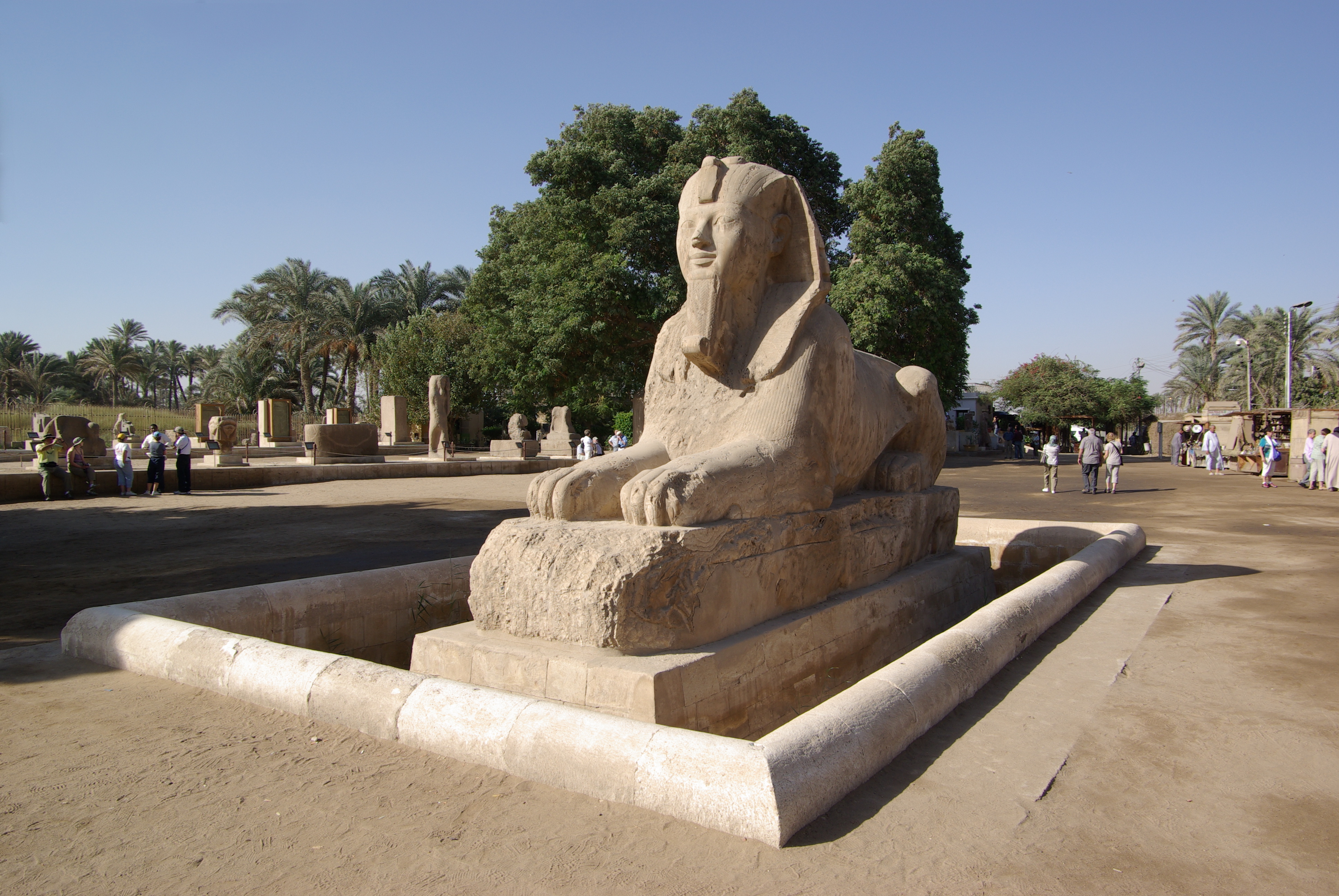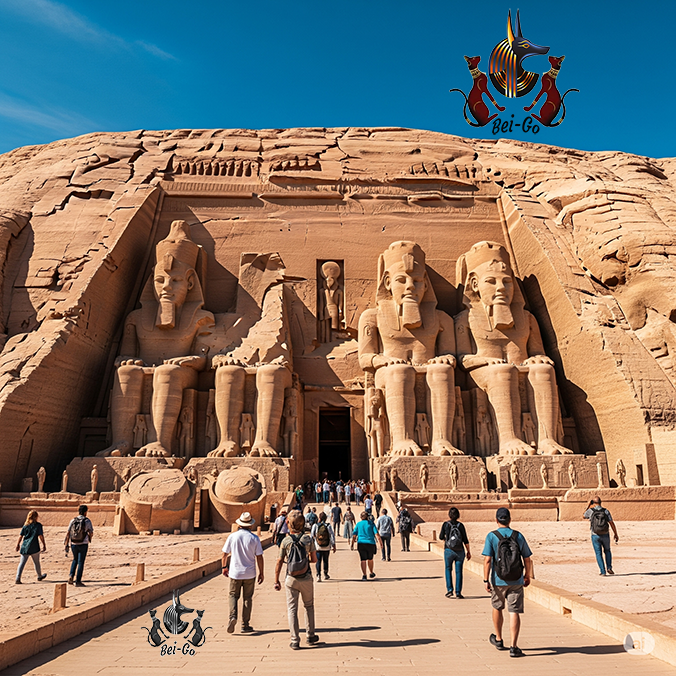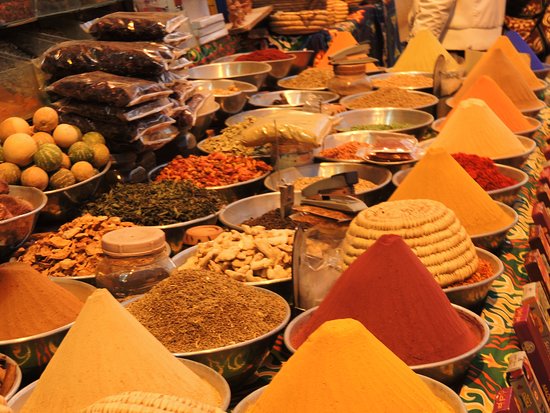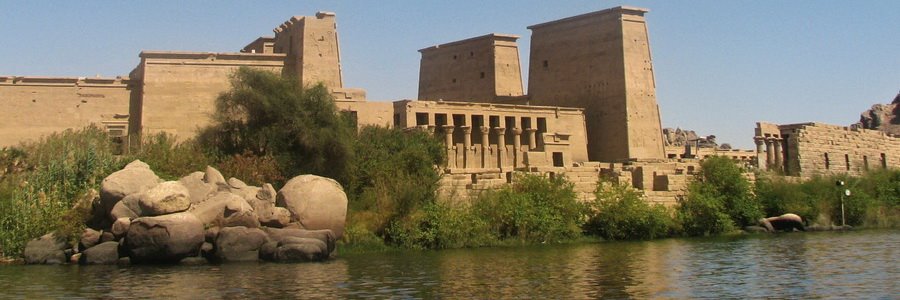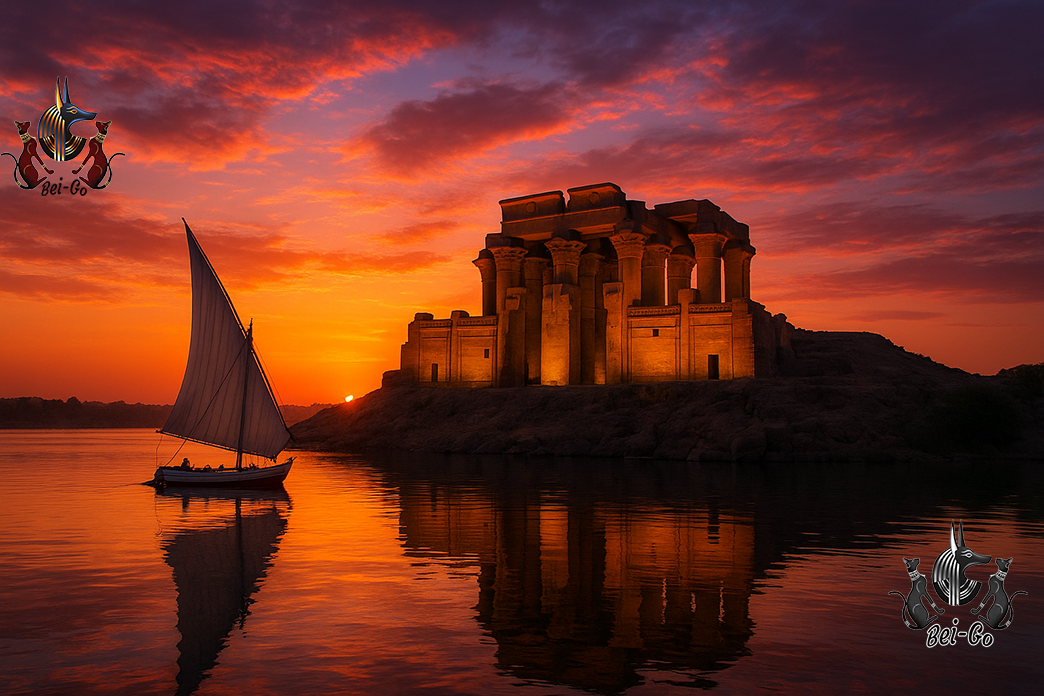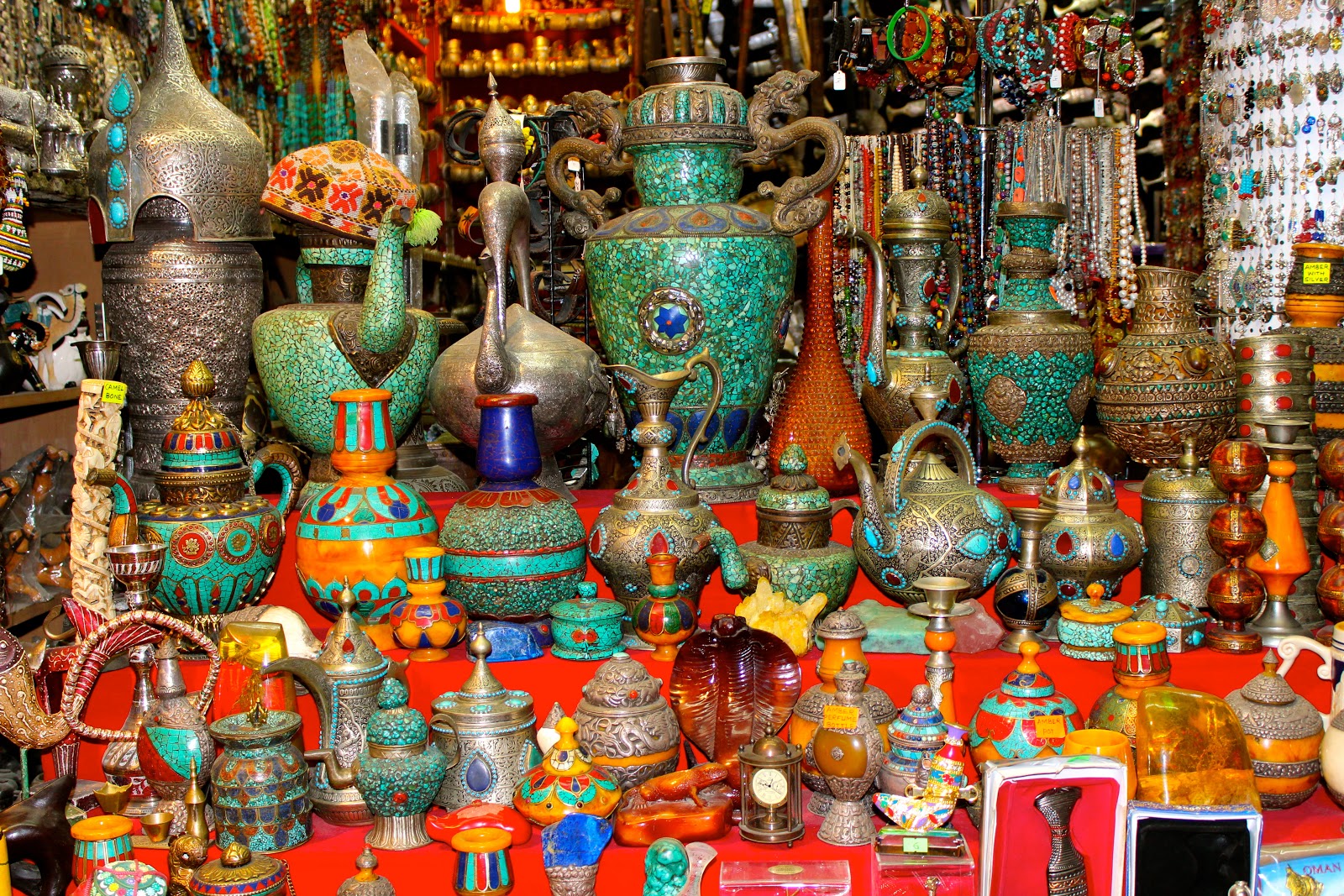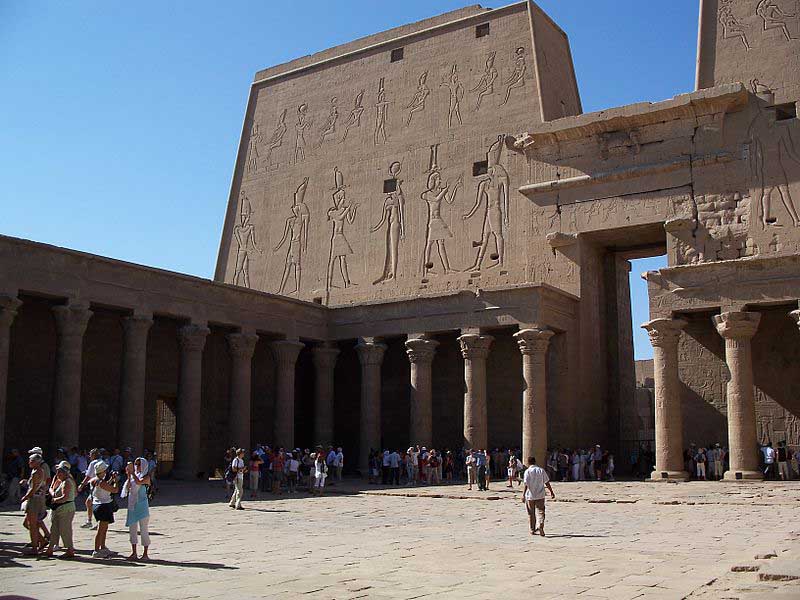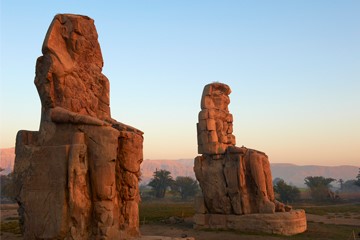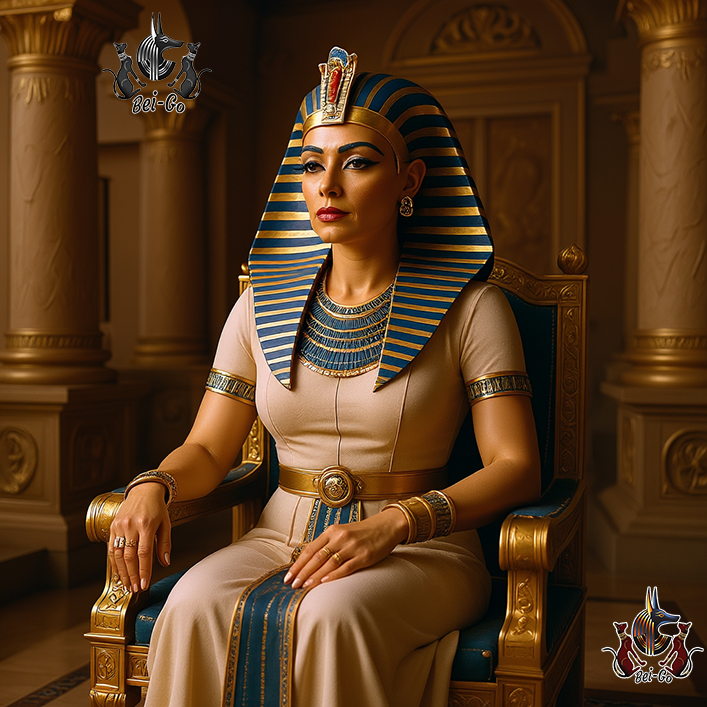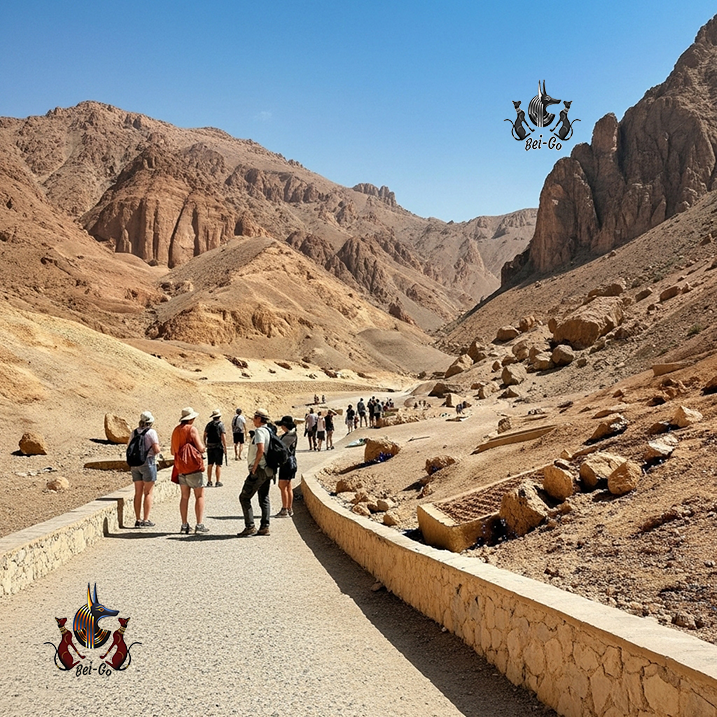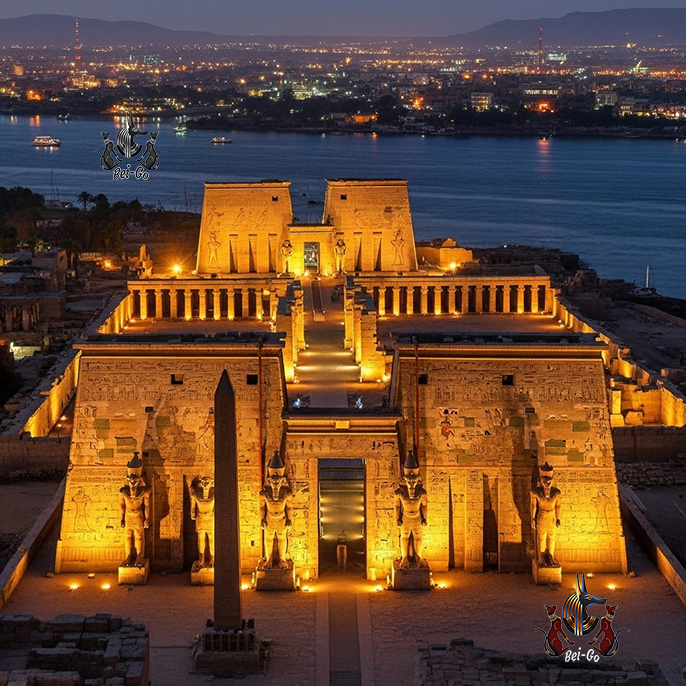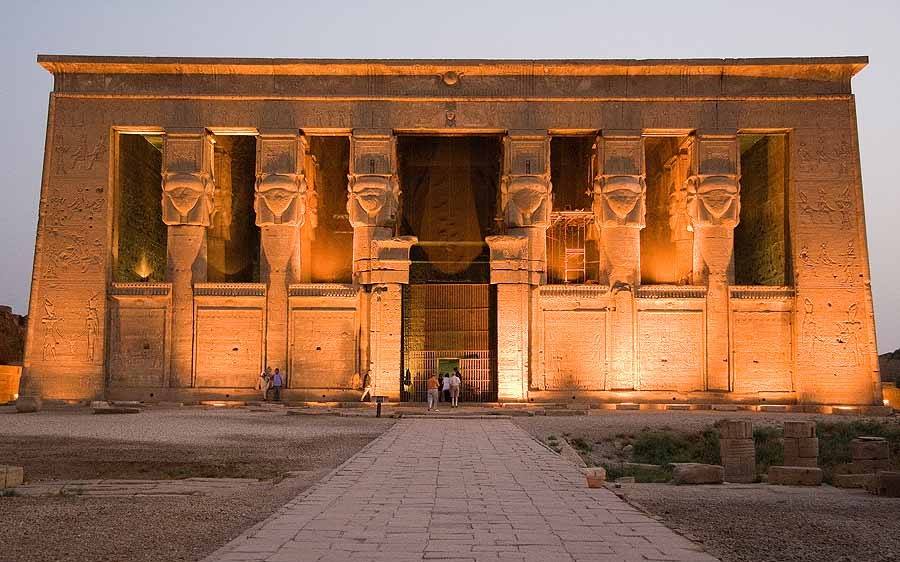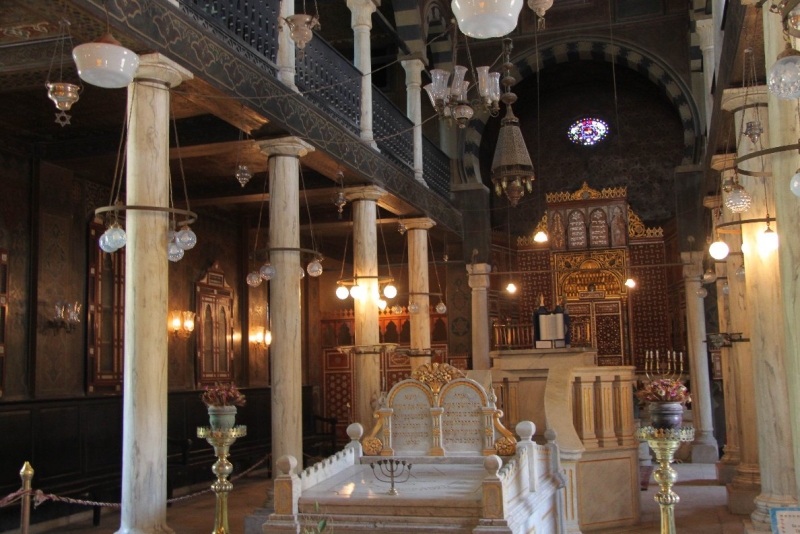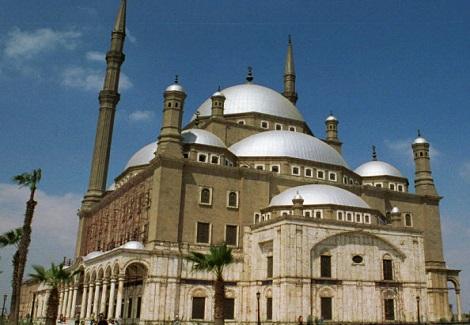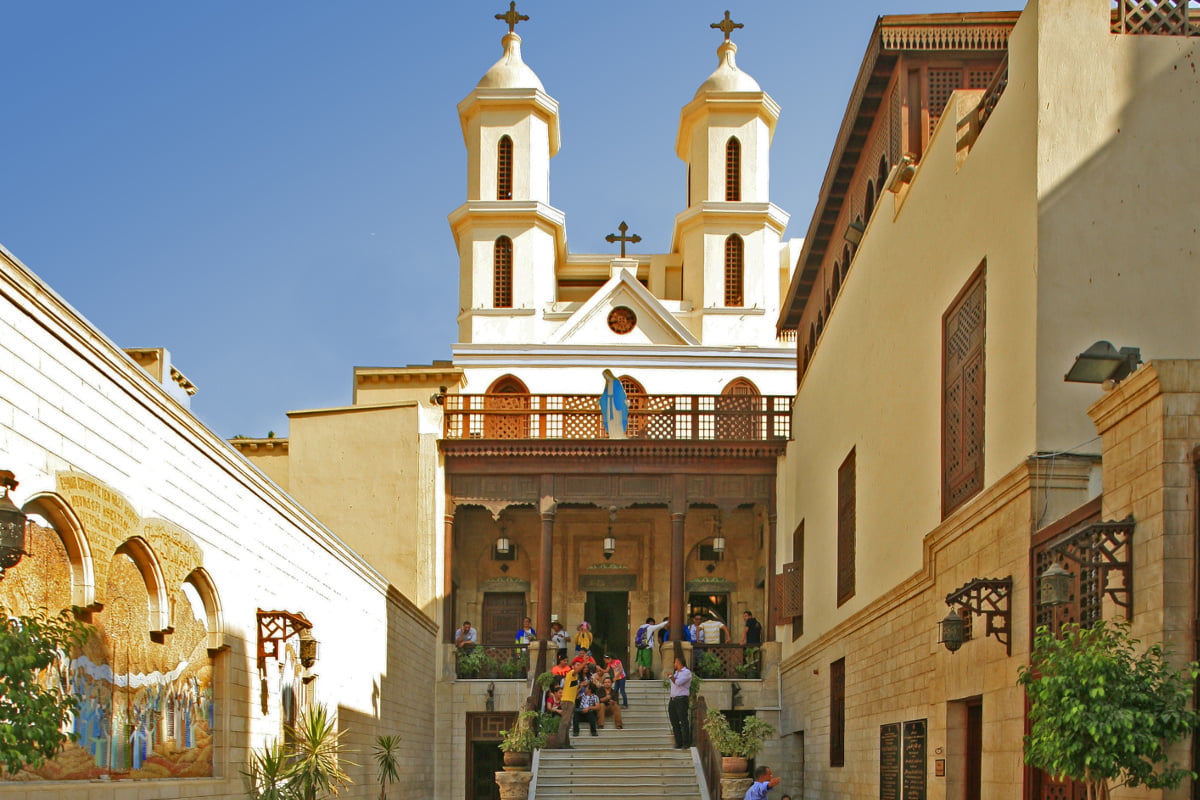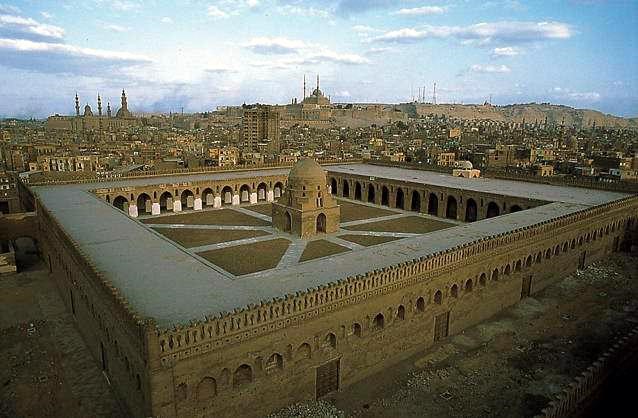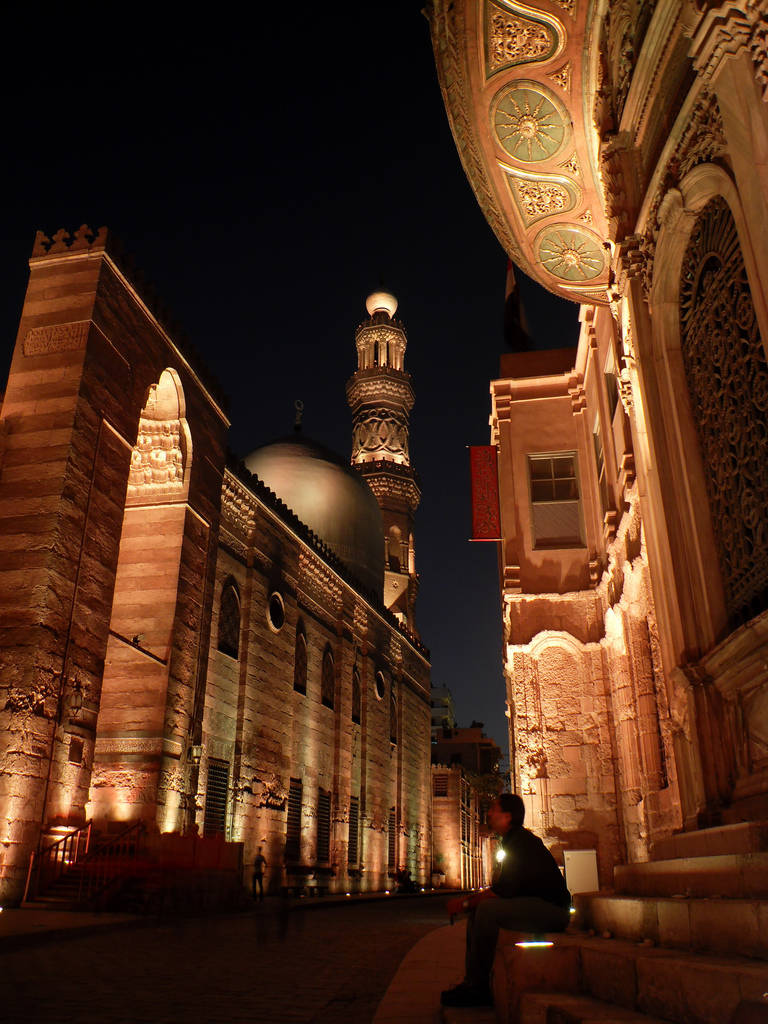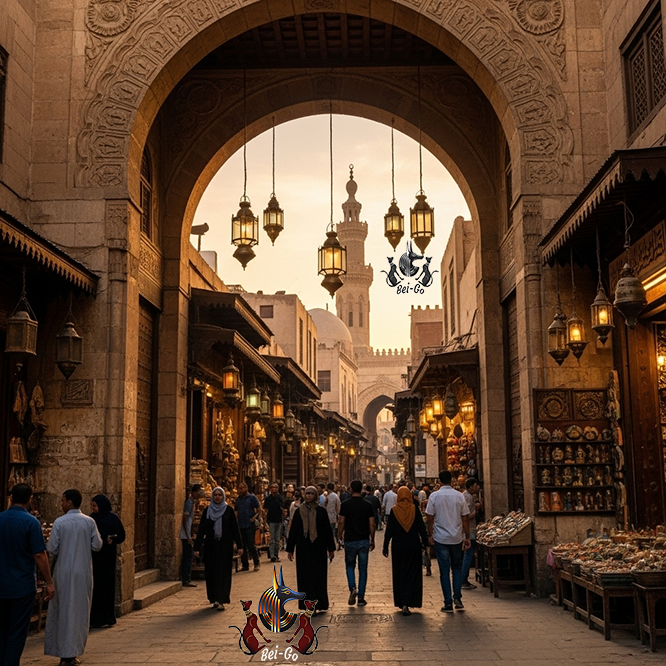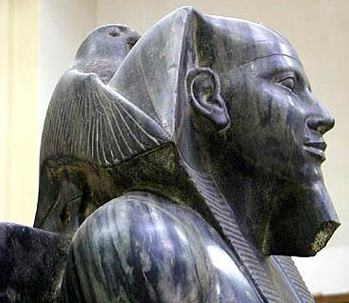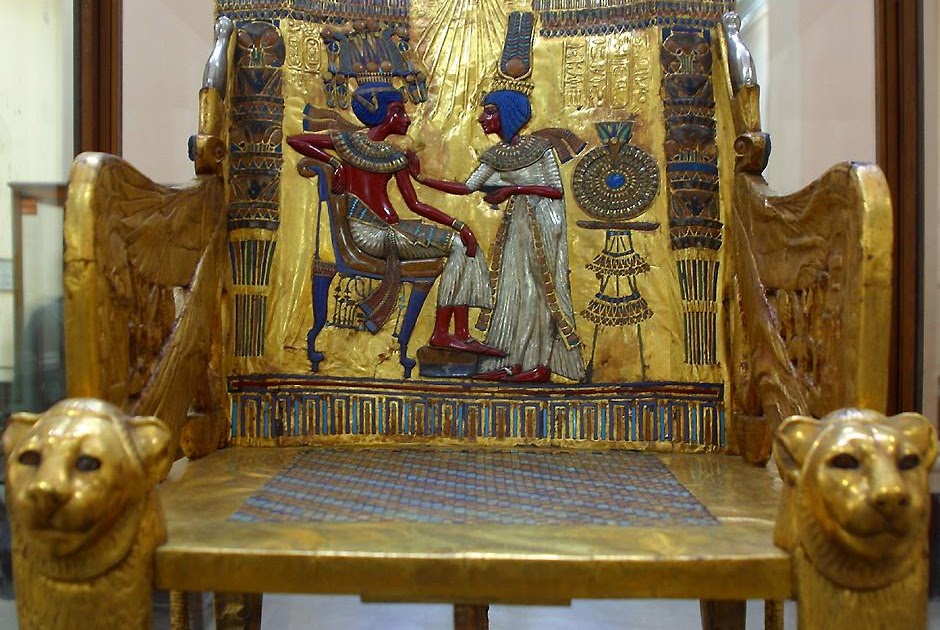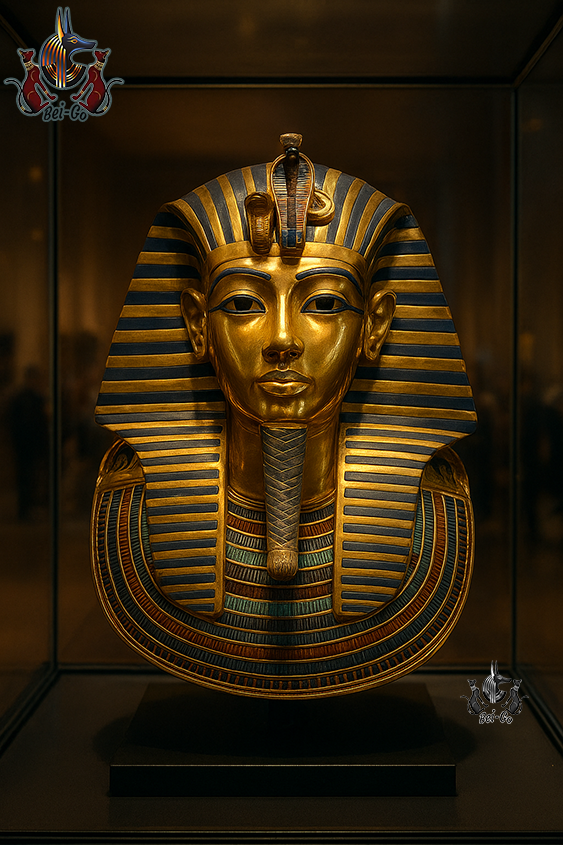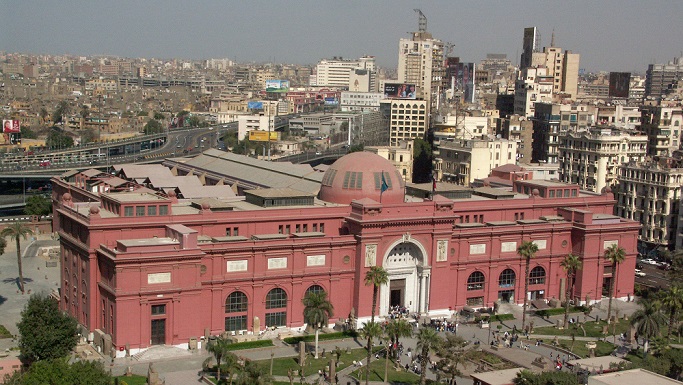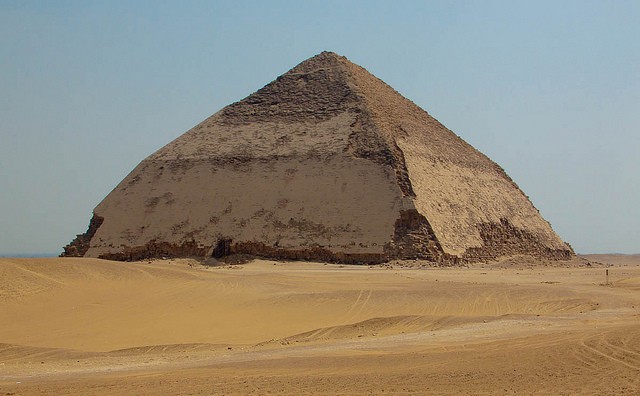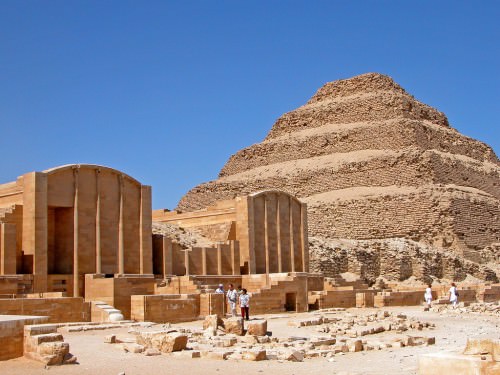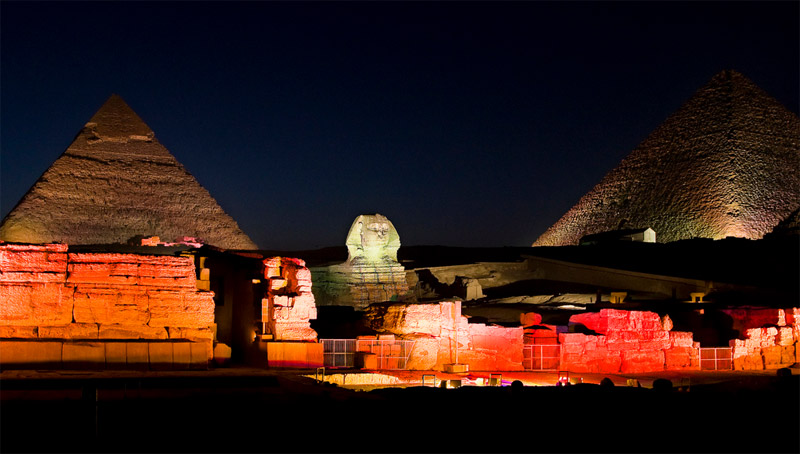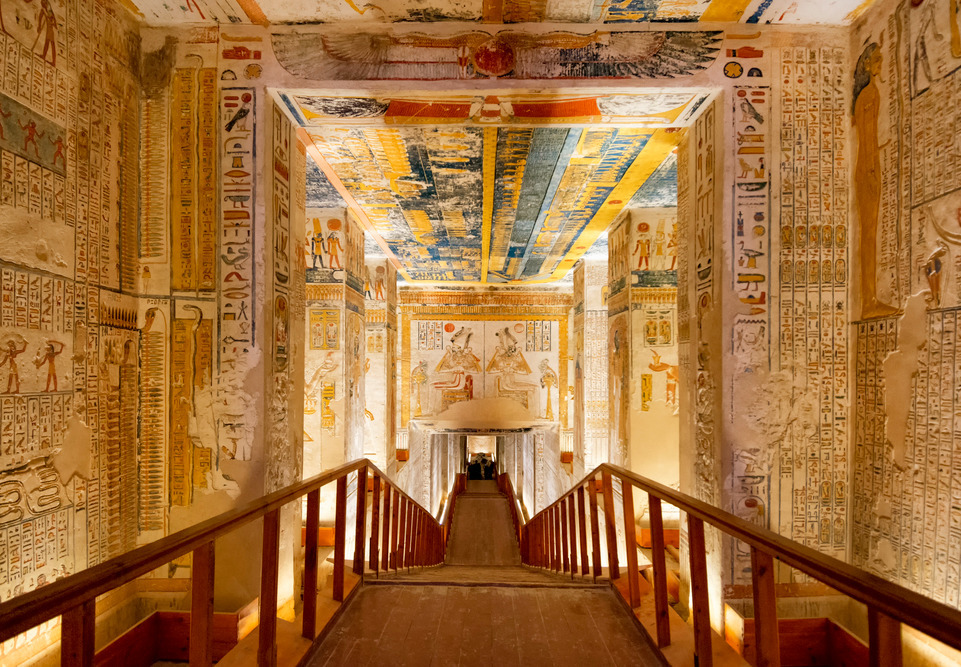
Journey into the Heart of the Valley of the Kings in Luxor

Gateway to the Valley of the Kings
On the west bank of the Nile in Luxor, Egypt, the Valley of the Kings emerges as a timeless monument to ancient Egyptian royalty. A UNESCO World Heritage site, it served as the burial ground for New Kingdom pharaohs from the 16th to 11th century BCE. Over 60 tombs, carved deep into limestone cliffs, safeguarded the mummified remains and treasures of rulers like Ramses II and Tutankhamun. Chosen for its seclusion, the valley shielded graves from plunderers, embodying beliefs in the afterlife. Vibrant wall paintings, depicting scenes from the Book of the Dead with gods like Osiris and Anubis, captivate visitors. For an enriched experience, Bei-Go’s expert guides offer seamless tours, sharing deep insights into these sacred spaces. The arid climate has preserved artifacts remarkably, making this a pilgrimage for history lovers. Walking the dusty trails feels like stepping into antiquity, connecting modern explorers to Egypt’s majestic past. This archaeological marvel continues to inspire awe with its enduring secrets.
Legacy of Royal Tombs
The Valley of the Kings in Luxor stands as a testament to Egypt’s pharaonic legacy, housing New Kingdom rulers’ tombs on the Nile’s west bank. These elaborate crypts, designed for eternal rest, feature descending passages leading to chambers filled with canopic jars, shabti figures, and golden relics. Howard Carter’s 1922 discovery of Tutankhamun’s tomb, brimming with over 5,000 artifacts including his iconic mask, transformed archaeology. Other significant tombs, like Seti I’s with its celestial ceiling or Thutmose III’s cliffside vault, showcase artistic and architectural mastery. These sites reflect ancient Egypt’s advancements in mummification and design, despite periods of looting. Tours provide expert commentary, illuminating this rich history. Tombs vary from modest pits to grand complexes, each narrating tales of divine power. Conservation efforts protect these treasures from environmental damage, ensuring their legacy endures. The valley’s historical weight captivates scholars and tourists, offering profound insights into the quest for immortality.
The Nile’s West Bank Splendor
Luxor’s west bank, cradling the Valley of the Kings, contrasts the vibrant east bank, embodying Egypt’s life-and-death dichotomy. The Nile’s western side, symbolizing the underworld, hosts this necropolis alongside sites like the Valley of the Queens and Hatshepsut’s Mortuary Temple. The river’s fertile plains yield to stark deserts, framing these monuments dramatically. Crossing the Nile by boat offers breathtaking views of palm groves and distant cliffs, enhancing the journey. The region’s dry microclimate, shaped by the river, preserves artifacts exceptionally. Bei-Go’s knowledgeable guides enrich visits with unique perspectives on this symbolic landscape. Ongoing excavations uncover new tombs, deepening our understanding of dynastic Egypt. The west bank’s serenity, far from urban bustle, invites contemplation. The Colossi of Memnon, towering guardians, add to the area’s allure. This tranquil setting along the Nile makes the valley an essential stop for those seeking to unravel ancient Egypt’s mysteries.
Treasures Within the Tombs
The Valley of the Kings on Luxor’s west bank boasts treasures like Tutankhamun’s tomb (KV62), the most intact find in Egyptology. Discovered in 1922, it revealed chariots, jewelry, and the boy king’s renowned mask. Ramses VI’s tomb dazzles with vivid sun god imagery, while protective spells and false doors thwarted ancient robbers. Hieroglyphs narrate myths, offering historical clues. Modern challenges like flash floods spur conservation efforts, including structural supports. Expert-led tours unveil hidden details of these chambers. Advanced technologies, like 3D scanning, map potential undiscovered areas. Tombs reflect rulers’ status, with grander designs for mightier kings. The valley’s mysteries, with many tombs still sealed, fuel global fascination. This archaeological hub drives Luxor’s tourism, drawing millions to its ancient wonders. Exploring these crypts reveals the ingenuity and spiritual depth of pharaonic craftsmanship.
Mythology Woven in Stone
The Valley of the Kings in Luxor intertwines mythology and art along the Nile’s west bank. Tomb walls, adorned with Amduat scenes, guide souls through the underworld, featuring deities like Ra and Isis. These vivid artworks served as magical conduits for the afterlife. Ancient festivals once animated the valley, tying it to Egypt’s spiritual core. Today, its motifs influence global art and literature. Expert-led tours illuminate these stories, connecting visitors to ancient beliefs. The valley shapes Egyptology, inspiring research and media. Conservation balances tourism with preservation, using replicas for fragile sites. Visitors often sense a spiritual resonance, reflecting on mortality amid eternal carvings. The Nile’s role in fertility myths complements the west bank’s death symbolism. This fusion of lore and history creates a profound cultural experience for all who visit.
Visiting the Valley: Practical Guide
Exploring the Valley of the Kings on Luxor’s west bank requires planning due to its desert setting and Nile crossing. Visit from November to February to escape intense heat. Tickets grant access to select tombs, with extra fees for sites like Tutankhamun’s. Photography inside is restricted to protect delicate paintings. Wear sturdy shoes for rocky paths and carry water. Taxis or shuttles from the east bank ease travel. Bei-Go’s guided tours ensure seamless navigation and rich commentary. Respect site rules to support preservation. Luxor’s nearby hotels offer Nile views, and hot air balloon rides provide stunning vistas. Improved pathways and signage enhance accessibility. Stay with groups for safety. These steps ensure a rewarding visit to this iconic archaeological site.
Enduring Legacy and Future
The Valley of the Kings, on Luxor’s west bank, remains a cornerstone of Egypt’s ancient heritage. Its global influence shapes perceptions of pharaonic culture, with artifacts displayed worldwide. Speculation about hidden chambers, like in Tutankhamun’s tomb, drives excitement. Climate threats spur international preservation efforts. Sustainable tourism, supported by services like Bei-Go, balances economic benefits with conservation. Future discoveries may leverage AI and non-invasive scans to reveal secrets without harm. The valley inspires young archaeologists and educates globally. Luxor’s blend of ancient and modern amplifies its charm. Protecting this site ensures its timeless wonders endure for future generations.


